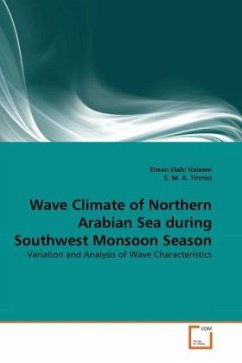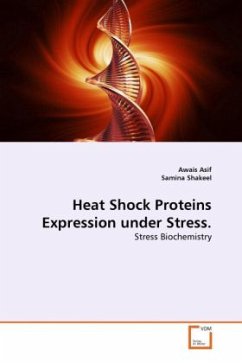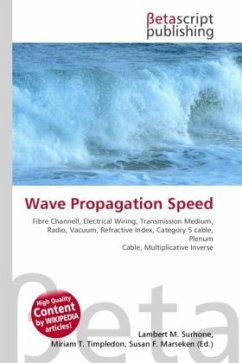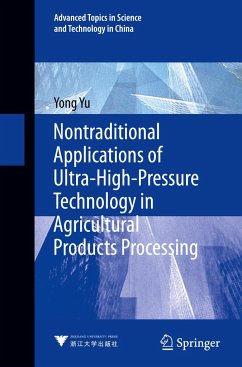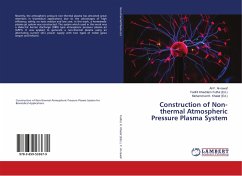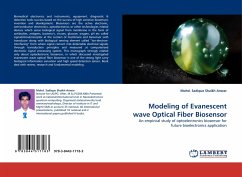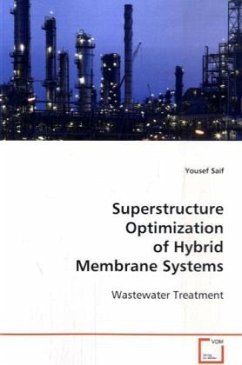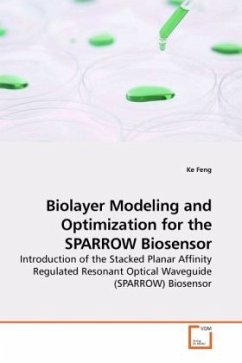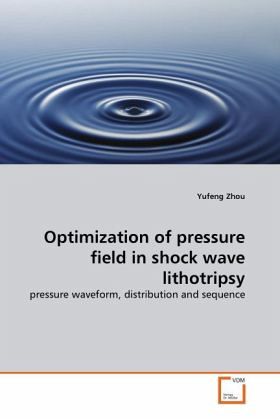
Optimization of pressure field in shock wave lithotripsy
pressure waveform, distribution and sequence
Versandkostenfrei!
Versandfertig in 6-10 Tagen
52,99 €
inkl. MwSt.

PAYBACK Punkte
26 °P sammeln!
Shock wave lithotripsy (SWL) has revolutionized the calculus treatment, but it also produces acute renal injury. If the stone is larger than 20 mm or located in anatomically difficult locations, SWL is poor and even fails. This work aims to increase stone fragmentation while reducing simultaneously the propensity of injury in SWL. First, large intraluminal bubble expansion was found to constitute a mechanism of SWL-induced vascular injury. In situ pulse superposition technique was then developed by fitting an insert with the lithotripter reflector. It could significantly reduce the propensity ...
Shock wave lithotripsy (SWL) has revolutionized the calculus treatment, but it also produces acute renal injury. If the stone is larger than 20 mm or located in anatomically difficult locations, SWL is poor and even fails. This work aims to increase stone fragmentation while reducing simultaneously the propensity of injury in SWL. First, large intraluminal bubble expansion was found to constitute a mechanism of SWL-induced vascular injury. In situ pulse superposition technique was then developed by fitting an insert with the lithotripter reflector. It could significantly reduce the propensity of vessel rupture while maintaining satisfactory stone fragmentation. Second, an auxiliary shock wave was used to intensify the collapse of bubbles near the target stone. Performances of both techniques were evaluated in vivo with promising results. All together, it has been shown that optimization of lithotripter pressure waveform, distribution, and sequence can improve the lithotripter performance. This investigation may shed some light on the research of therapeutic ultrasound, and should be especially useful to practicing urologists, or lithotripter manufacturers.



